Brief History
Alberta Woodland Caribou Conservation: Brief History 1978-present
2024 – January: Alberta finally releases a long-awaited report on the implementation of the Alberta-Canada caribou conservation agreement under Section 11 of the Species at Risk Act. These reports are meant to be released annually to communicate the implementation of the agreement and the current state of caribou populations and habitats in each of Alberta’s caribou ranges. Because the data in this report are from 2021, it is impossible to assess the current status of caribou conservation, and up-to-date habitat and population metrics are urgently needed.
2023 – March: Canada confirms plans to re-populate at-risk caribou herds with a breeding program in Jasper National Park. The breeding program aims to introduce new animals into Jasper’s herds as early as 2025. AWA supports Parks Canada developing a conservation breeding program, combined with continuing precautionary habitat management actions, as a tragic but necessary interim measure to keep wild caribou in Jasper National Park. October: Frustrated with the slow process of caribou range planning, ENGOs pen letters to Alberta and Canada urging an increase in speed and transparency of the process, as the province’s caribou remain at imminent risk of extirpation, and habitat destruction by forestry, oil and gas, and other development continues.
2022 – April: Alberta approves its first two caribou range plans, for Cold Lake and Bistcho ranges. Conservation groups raise concerns that these plans do not effectively protect caribou critical habitat, citing weak provisions in the crucial first decade to maintain and restore habitat, and also lack commitment to Indigenous Protected and Conserved Areas. Meanwhile, Athabasca Chipewyan First Nation and Mikisew Cree First Nation release principles and a draft of their land stewardship plan for northeast Alberta boreal woodland caribou that is far superior to Alberta’s own first caribou range plans.
2021 – August: Trappers raise concerns over West Fraser’s imminent plans to log undisturbed mature forest critical habitat of A La Peche caribou adjacent to Willmore Wilderness; resulting public concerns lead Alberta to designate a temporary no-harvest zone in November. Logging continues elsewhere in these and other Alberta caribou ranges ahead of approved range plans. Summer: Alberta announces three new caribou sub-regional task forces: Wandering River (northeast AB), including East Side of Athabasca River caribou range; Berland (west central AB), including A la Peche and Little Smoky caribou ranges; and Chinchaga (northwest AB), including Chinchaga caribou range. March: Alberta releases draft Cold Lake and Bistcho Lake sub-regional plans for public comment, and publishes task forces’ recommendations for those sub-regions.
2020 – October – Legal case of AWA, Athabasca Chipewyan First Nation, Mikisew Cree First Nation, and David Suzuki Foundation for northeast Alberta boreal caribou habitat protection is discontinued when the group is informed that the federal Minister has recommended a ‘safety net’ habitat protection order under the Species at Risk Act (SARA). The next day the federal government indicates it will not apply a protection order. Instead, Canada and Alberta release a Conservation Agreement committing Alberta to adopt SARA-compliant habitat management plans within five years for all caribou ranges on provincial lands. September – Parks Canada declares that Jasper National Park’s Maligne caribou population is officially extirpated (locally extinct), and the Tonquin and Brazeau populations are now too small to recover on their own. February – West Moberly First Nations, Saulteau First Nations, and the governments of Canada and BC finalize a historic Partnership Agreement to stabilize and recover the ‘Central Group’ of southern mountain caribou, including habitat management zones and specific timelines.
2019 – December – Legal case of AWA, Athabasca Chipewyan First Nation, Mikisew Cree First Nation, and David Suzuki Foundation, concerning protection for boreal caribou habitat in northeastern Alberta, is adjourned pending further discussions with the federal government. Cold Lake First Nations and federal government finalize SARA s. 11 conservation agreement regarding Cold Lake caribou range. November – Three new sub-regional caribou task forces are launched by AB Gov’t to focus on specific sub-regional planning areas – Cold Lake, Bistcho Lake, and Upper Smoky. The goal is to “advise government on land-use planning at a local scale, including caribou recovery actions.” August – Gov’ts of Canada and AB release a draft Agreement for the Conservation and Recovery of the Woodland Caribou for public comment; it outlines a proposed 5-year strategy for Alberta to develop enforceable caribou range plans. June – ECCC releases its third 6-month Progress Report on Steps Taken to Protect Critical Habitat for boreal woodland caribou. David Suzuki Foundation releases Room for Both: Realizing a Future with Sustainable Economies and Healthy Caribou Populations. March – Alberta announces the establishment of the Kitaskino Nuwenëné Wildland Provincial Park, overlapping with several caribou ranges.
2018 – May – the Minister of Environment and Climate Change Canada determines there is an imminent threat to the recovery of southern mountain woodland caribou, including the Narraway, Redrock-Prairie Creek and Jasper populations of west central Alberta. April – the Canadian government issues a progress report on unprotected critical habitat for Canada’s boreal woodland caribou, which finds that the laws of Alberta and other provinces do not protect caribou habitat. March – Alberta holds 1-day multi-sector workshops to discuss potential range plan scenarios for 6 caribou ranges in west central, northwest and northeast Alberta.
2017 – December – Alberta releases a draft provincial caribou range plan for public comment. It describes current habitat disturbance and population trends by range, and lists potentially useful industry access strategies. However, it does not include timelines, maps or commitments of how or when minimum caribou habitat requirements will ever be reached.
2017 – November – Ecojustice on behalf of Alberta Wilderness Association, Cold Lake First Nations and David Suzuki Foundation, petitions the Minister of Environment and Climate Change Canada to issue a safety net order to protect critical habitat of northeast Alberta caribou populations. October- Alberta government misses 5-year deadline to produce caribou range plans that prescribe how ranges will be managed to achieve at least 65% undisturbed habitat.
2016 – June – the Alberta government releases a draft range plan for public comment for the west central Little Smoky-A La Peche caribou. The draft plan proposes habitat restoration, energy project guidelines, and some limited short-term forestry reductions but does not indicate how long-term caribou habitat requirements will be achieved. June – Alberta also commits to establish three Wildland Provincial Parks in northwest Alberta caribou ranges that will not adversely affect existing energy leases, in areas without existing forestry.
2015 – Late 2015– the Alberta government: commits to achieving self-sustaining caribou populations; defers sales of new energy leases in all caribou ranges until range plans are finalized; and appoints a Little Smoky-A La Peche mediator to meet with stakeholders and indigenous communities. July – Little Smoky-A La Peche Ministerial Task Force report reflects early 2015 government-industry discussions that excluded indigenous and environmental groups.
2014 – December– Little Smoky-A La Peche multi-stakeholder Advisory Group ends without report or recommendations. May– Alberta’s ‘mountain’ woodland caribou are assessed as ‘Endangered’ by Canada’s Species at Risk Act scientist advisors (COSEWIC).
2013 – Mid 2013– Alberta’s Little Smoky-A La Peche multi-stakeholder Advisory Group starts. Ahead of that, logging deferrals are expanded in some parts of these ranges and new mineral rights sales are deferred across the two ranges until range plans are completed- report expected mid-2014.
2012 – October 5– Canadian government releases the final boreal woodland caribou federal recovery strategy in October, 5 years past the Species at Risk Act’s deadline. Provinces and territories are given 5 years to develop range plans outlining how they will manage each of their boreal woodland caribou ranges to achieve a minimum of 65% undisturbed habitat over time, which would provide a 60% probability for populations to be self-sustaining.
2011 – July – A Federal Court ruling on an ENGO legal action orders the Canadian government to release its draft boreal woodland caribou recovery strategy. July – the International Boreal Conservation Science Panel’s report states: “To conserve woodland caribou means dispensing with business as usual, which has demonstrably and repeatedly failed to meet caribou conservation needs…Although the challenge of conserving caribou may look daunting, science indicates that both caribou conservation and resource exploitation are possible—if society makes room for caribou in the boreal forest in its plans and desires for the future… Protected areas provide insurance against unfavourable outcomes as well as a template for evaluating the effectiveness of management prescriptions beyond protected areas’ boundaries.” June– Alberta produces a two‐page woodland caribou policy committing to achieve naturally sustaining woodland caribou populations and prioritizing caribou habitat maintenance and restoration. There is no schedule for implementing actions.
2010 – December– Alberta government’s science advisory panel revises the woodland caribou assessment to ‘Endangered’ instead of the less serious ‘Threatened’, but government does not change its listing. July– The Alberta government’s updated woodland caribou status report finds that most caribou populations are in decline and adds: “Provincial land-use guidelines for industrial activities have not succeeded (as a sole tool) in providing for long-term caribou population and habitat conservation.” July– the Beaver Lake Cree Nation, Enoch Cree Nation, Chipewyan Prairie Dene First Nation and Athabasca Chipewyan First Nation demand that the federal Environment Minister provide emergency protection for northeast Alberta caribou. August– Ecojustice on behalf of Alberta Wilderness Association, Pembina Institute and Sierra Club Prairie Chapter makes a similar request.
2009 – April– the last four members of Banff’s caribou herd are killed in an avalanche. For decades, their foothills winter grounds outside the parks were blocked and fragmented by roads and industrial development, while inside the parks, artificially high elk populations plus roads and trails into key caribou areas made wolf predation easier.
2008 – May– The West Central Alberta Caribou Landscape Plan is submitted to the Alberta Caribou Committee. The Plan is prepared by a multi-sector planning team (government, industry, ENGOs) and although the team can’t agree on final recommendations, there is sufficient information and analysis contained within the plan for the Alberta Caribou Committee to recommend significant reductions in oil and gas and forestry development within the A La Peche, Little Smoky and Redrock-Prairie Creek caribou ranges. However, the recommendations are ignored by the government of Alberta.
2006 – Alberta requires mountain pine beetle-related forestry surge cuts in western caribou ranges, contradicting some previously established caribou management agreements.
2005 – The province starts an annual winter wolf cull in west central Little Smoky-A La Peche caribou ranges while continuing to permit extensive new industrial disturbance. The Alberta Woodland Caribou Recovery Plan, authored by a multi-sector group, is released but the Alberta government rejects its recommendation to halt further mineral and timber allocations pending range plans where caribou populations are at immediate risk of extinction.
2004-5 – Several companies defer logging in parts of some west-central caribou ranges and start a voluntary coordination of roads and other infrastructure. This slows some new disturbance, but overall habitat conditions continue to worsen.
2003 – Canada’s Species at Risk Act comes into force and lists woodland caribou as ‘Threatened’.
2001 – The Alberta government’s woodland caribou status report states there have been reductions in some populations and the distribution of woodland caribou in Alberta has contracted.
2000 – Scientific experts on the Committee on the Status of Endangered Wildlife in Canada (COSEWIC) designate boreal woodland caribou as ‘Threatened’.
1997 – Alberta woodland caribou are re-designated as ‘Threatened’ when that category is added to Alberta’s Wildlife Act.
1996 – Recommendations of Alberta’s multi-stakeholder Woodland Caribou Conservation Strategy Development Committee are not implemented.
1993 – The Strategy for Conservation of Woodland Caribou in Alberta is not implemented.
1987 – Alberta lists woodland caribou as ‘Endangered’ under its Wildlife Act.
1986 – Alberta’s Woodland Caribou Provincial Restoration Plan is not implemented.
1979-1983 – A major study of west central Alberta caribou identifies the connectedness of BC, Jasper and Alberta populations and the need to limit industrial and recreational disturbance in home ranges, including migratory corridors.
1980 – Caribou recreational hunting ends in Alberta.
1978 – Provincial biologists and Alberta conservation groups establish a Caribou Management Outline for Alberta, which includes these elements: the government must no longer delay action that would reverse the long-term causes of caribou decline; a regional access management plan for industry and recreation must be created; a province-wide ban on hunting caribou must be initiated; and wolf control must not be considered until a recovery program focusing on the cause of the caribou decline has been enacted.
Who is working to save caribou?
Caribou across Canada are in crisis, with many herds facing extinction due to decades of neglect. The governments and resource companies responsible for their protection are not getting the job done, failing to set aside the habitat crucial to their survival and recovery. The organizations listed here are among the leaders campaigning to save caribou along with many First Nations. Visit their websites, inform yourself and please get involved. Thank you.









